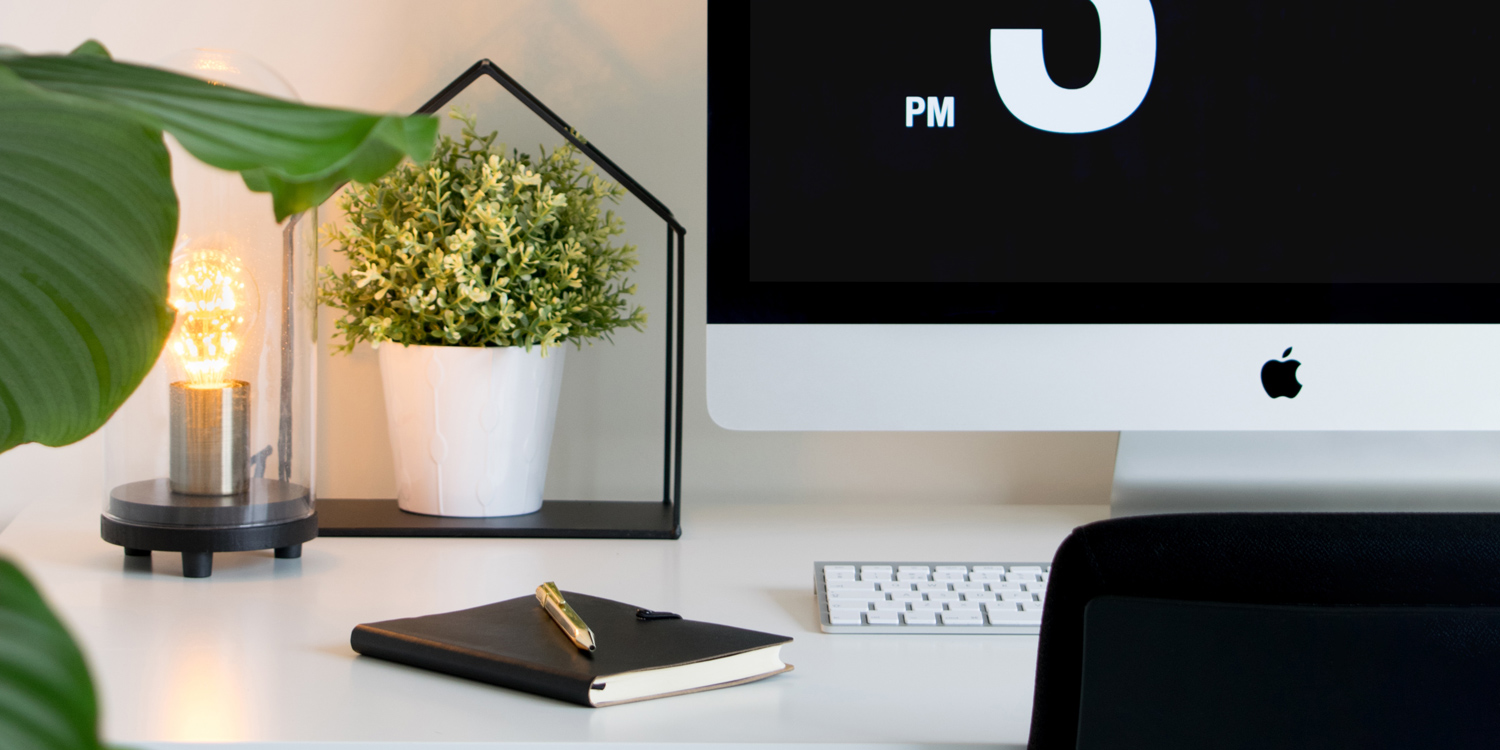Got an iPad, an iPhone, and a Mac or PC? Craig Grannell argues you now need somewhere great to use them
People increasingly work from home. Whether you’re fully freelance, work at home once or twice a week, or just use a home office to catch up on things now and again (or get some peace), it’s important to look beyond the technology.
Don’t get me wrong. I’m happy when sitting in front of the latest iPad, using a top-notch iPhone, and tapping away on a keyboard connected to an iMac. But when it comes to comfort and productivity, all the finest Apple hardware in the world isn’t enough.
This feature, therefore, looks at how to kit out a home office, in a way that will enhance your enjoyment – and your productivity.
Get a standing desk
People are these days too often sedentary, which has resulted in widespread health problems. Although your Apple Watch might urge you to move on an hourly basis, spending the rest of your time in a chair isn’t great.
Standing desks are a solution, but too much standing can also be dangerous, resulting in Achilles tendonitis and other problems. What you need is a desk that can be quickly, easily, and regularly switched between standing and sitting positions.
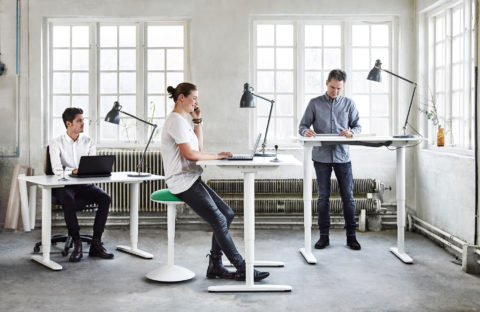
I use an IKEA Bekant (from $379/£455). The motor moves it between modes within seconds, it’ll carry a 155lb/70kg load, and I’ve found it sturdy and well-balanced for typing on.
Don’t skimp on your chair
When you’re sitting, your back won’t thank you for buying a terrible chair. A typical low-priced office chair is fine if you only use it briefly; but for longer home office sessions, you need to invest in something better.
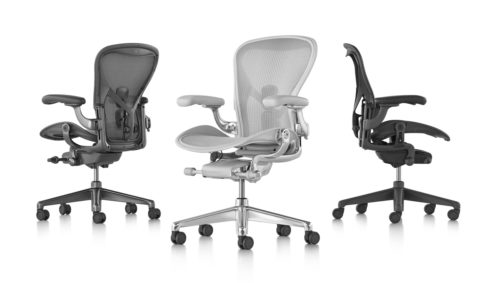
I have an Aeron, which sits in the wallet-punching $1200/£800 ballpark. But I figured it was something I’d sit on daily, for hours at a time, and so was worth it. However, when spending such a sum on a chair, do test it first. Also, be mindful you can pick up Aeron refurbs at around half price.
Whatever chair you buy, set it up correctly – your back should be straight, and your forearms flat – parallel with the tabletop when typing. Ideally, your eyes should meet the top third of the display you’re using.
Make some noise
Some computers and displays have built-in speakers that might be fine for your needs. If you primarily work with an iPad, though, you’ll want more power than an iPad Pro can provide – let alone Apple’s cheaper tablets, with their limited two-speaker set-ups.
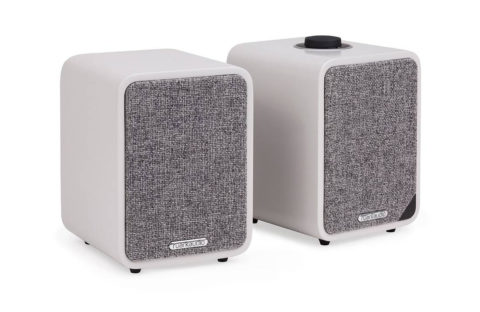
Investment will naturally be driven by how much you care about decent audio, and/or how long you’ll spend in your office. I really like my Ruark Audio MR1s (£329, depicted), which work wired or over Bluetooth – although they’re tricky to find outside of Europe.
However, there are plenty of other decent wireless speakers around, including Apple’s HomePod ($299/£279), and the Sonos One ($199/£199). Again, try before you buy, to see which option sounds best to your ears.
Buy useful device stands
Think of device stands as more than just bits of metal or plastic to prop up devices – or ensure you don’t misplace them! Buy ones that are functional in other ways.
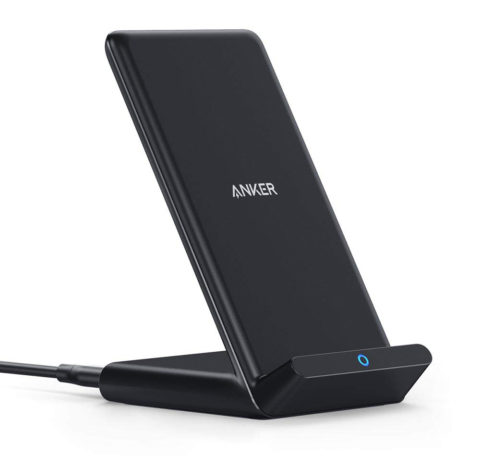
For my iPhone, I use an Anker Fast Wireless Charger ($17/£18). The stand is nondescript, and so isn’t a distraction. But it usefully charges an iPhone in portrait or landscape; I can leave a passive app running and still see it; and the stand’s wireless nature means my phone’s readily available whenever I need it, rather than me having to disconnect a cable, or pluck the device from a horizontal mat.
For an iPad, consider a stand that transforms your tablet into something akin to a laptop, enabling it to potentially entirely replace a PC or Mac. Apple’s Smart Keyboard Folio (from $159/£159) takes time to get used to, but in extended use is reliable and comfortable.
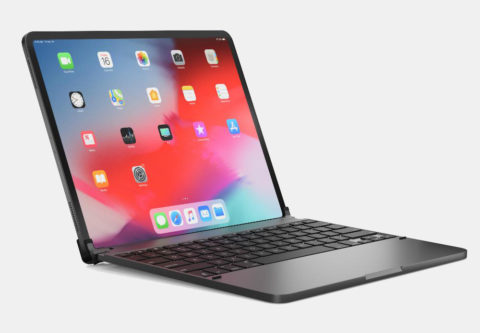
Brydge makes keyboard cases that are more laptop-like (one of which is depicted above), with backlit keys and a huge range of viewing angles. Alternatively, if you own an Apple Magic Keyboard, consider the Touchtype Pro ($69). Shipping in September 2019, this clever case houses your iPad Pro and Apple keyboard, and in a snap transforms into a stand with multiple viewing angles – and, handily, you can set the iPad in landscape or portrait.
Cut the clutter
A danger of any home office is that it can become a dumping ground for tech junk – or any other junk, for that matter. So if you’re rethinking your desk and what goes on it, look at things in a more holistic manner. If you have a pile of leads and accessories, buy some drawers, and organize your things using dividers. Recycle or sell old technology you no longer need. Above all, keep your desk clear, so you can focus on what you should be doing.
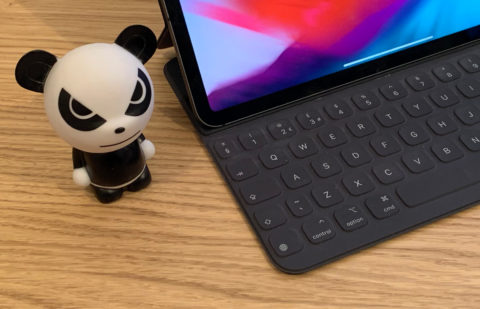
That said, there is a fine line between minimal and soulless. Aim for refined and productive rather than sparse. If there are – to coin a phrase from a well-known TV show about tidying – objects that ‘bring you joy’, keep them around, whether they’re pictures on the wall, or the odd treasured knick-knack.
Safeguard your electronics
Electronic kit is fragile and expensive to repair. If you often drink while you work (as in, coffee or water – I’m not suggesting you’re Hunter S. Thompson), get a placemat, and always keep your glass/cup in the same place to train muscle memory and avoid spillages. (Ideally, keep it away from electronics entirely.)
Be aware of where the sun hits, so electronics aren’t overheated. (Get and use blinds if that’s a problem.) Ensure all your plugs are surge protected, to secure your technology against voltage spikes. Also have on hand a relevant fire extinguisher, just in case of disaster. Chances are that none of your kit will ever catch fire – but you’ll be happy to have an extinguisher around if it ever does!
